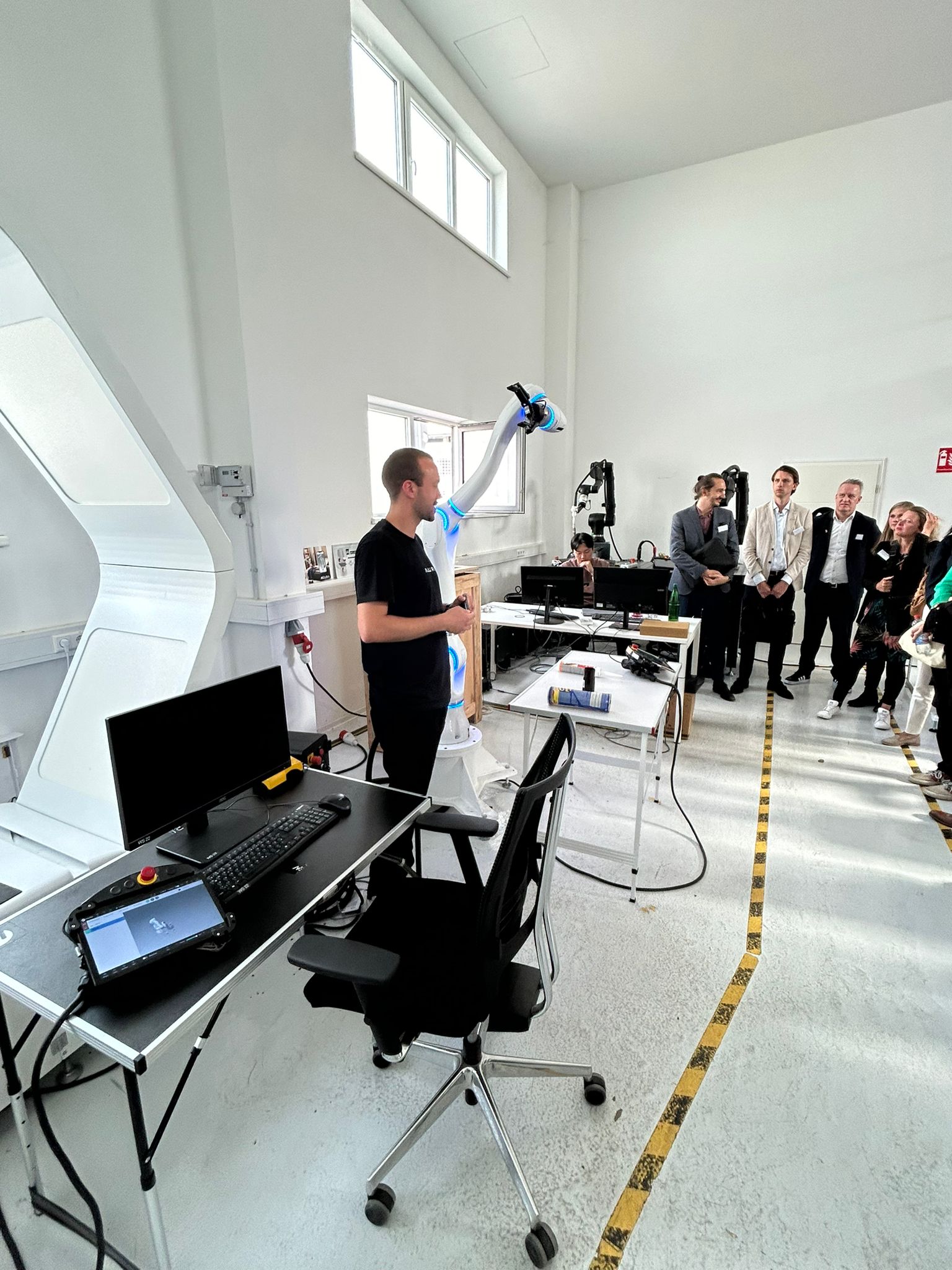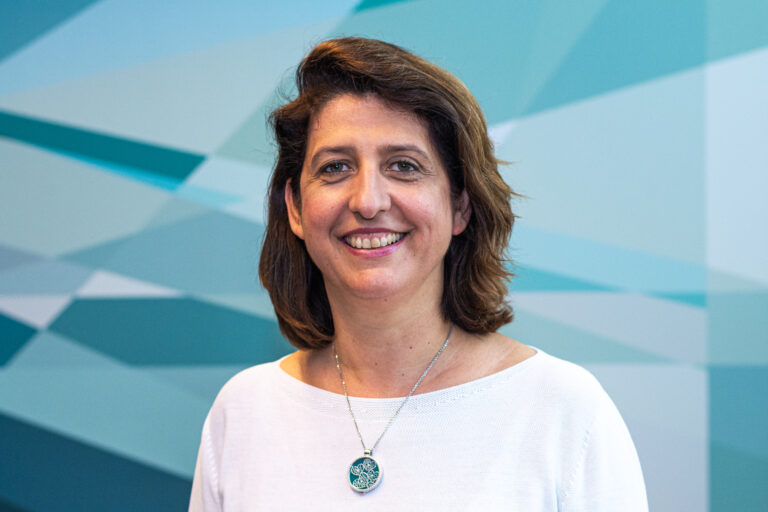“We encourage the participants within the NL AIC to contact each other and share experiences of building and implementing AI applications. After all, AI tends not to be an off-the-shelf solution. To build a good AI solution, a system has to be fed with relevant models and data, and public values and human rights must be taken into account. Getting all that right is no easy task. Starting at a small scale can be a solution.” We also use a precommercial procurement n , Small Business Innovation Research (SBIR), to encourage innovative SMEs to develop AI solutions for the public sector that will implement these solutions.
AI is already being applied and it has potential
AI is being used in a variety of public areas: to improve and personalize public services, improve maintenance of public spaces, optimize surveillance and law enforcement, and make public documents accessible. Most publicorganizations apply AI. The local authorities – the municipalities and provinces – are leading the way. Compared to a few years ago, more projects have moved beyond the experimental stage and are using more complex AI models.
A chatbot that is easy to talk to
The MAIT Foundation, IBM and the municipality are putting that to the test in Rotterdam. Shame often hampers people to discuss their financial problems. Telling your woes to a chatbot, though, may sometimes be easier. It’s a good example of how AI can be used initially on a small scale to tackle a big problem.
“We want Rotterdam to get off the top of the list as the ‘poorest city in the Netherlands’,” says Marjorie Malbons, director of the MAIT Foundation (Mijn Administratie Is Top). “So it was a bit of a no-brainer when we got the chance to participate in an IBM social challenge along with the municipality of Rotterdam and the Family and Youth Centre in 2019. Together we came up with the idea to develop a chatbot that brings people with financial worries into contact with the right help in an accessible way.”
“Because we had publicly made notice of the debt problems in our city, IBM suggested that we should look into a different way of collaborating with our foundation,” she continues. “We’re two years further down the line now and on the brink of introducing a chatbot that refers people in debt to the right support agencies. Next autumn, residents of the IJsselmonde district of Rotterdam will be the first to make use of our chatbot.”
Speaking the right language
“Our biggest challenge? Getting the chatbot to speak in the same terms as people who have financial issues. It’s got to be an accessible tool, so it’s important that we – the people developing the chatbot – put ourselves properly in the shoes of people from the target group. We also had to make clear agreements with the parties that the chatbot refers people to. Because if they don’t follow things up properly, all that effort will be for nothing.”
High expectations
“This is the first time we’ve been involved with AI,” emphasizes Ms Malbons. “So there’s quite a lot to get the hang of. A fair few weekends and evenings have already been spent on it. But we expect that the chatbot will be pretty helpful in reducing the debt burden of many Rotterdam people. And we’re willing to go the extra mile for that.”
Good cooperation
IBM’s input so far has involved making technology and hours available for the development of the chatbot. The Sint Laurens Fund has made a nice financial contribution.
After following the project from the sidelines for a while, the municipality is now also fully involved again. In particular, Ronald Kool, a project manager at the municipality of Rotterdam, is playing an important role. He focuses on the social domain and is currently active in the Rotterdam Debt Management Programme, where his portfolio includes the topic of ‘innovation’.
Expanding the reach along with the partners
“No less than eighteen per cent of Rotterdam households are at risk of getting into severe financial problems,” says Kool. “We – the municipality – very much want to change that. We’re currently living in a time when there’s a lot of distrust of the government. Add to that the fact that people’s own financial situations are always a sensitive issue. So we are looking at how we can expand our reach, together with our partners in the city. Which is why we’re now also working closely with the MAIT Foundation, IBM and the chatbot that they’ve developed together.”
Just do it
“The example of the chatbot in Rotterdam shows that one key of the working group’s key tasks is encouraging parties to start small and look for points of contact with others,” says Martijn. “It will also help them learn from each other. The focus should be on human-centred AI applications that help members of the public and give them confidence. We recommend starting small and expanding step by step.”
This is one article from a series about AI and Public Services. Read the other articles here.






